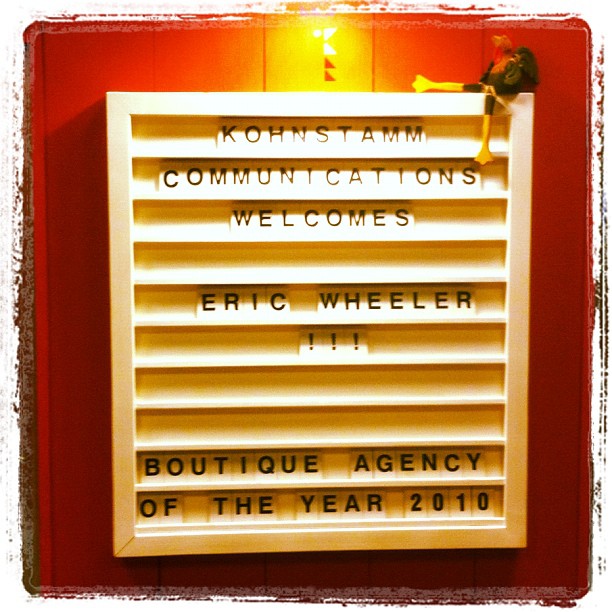Southwest Airlines has made a big splash through stellar customer service once again. Recently, when a customer paid for Wi-Fi only to find out she couldn’t get her game to stream, Southwest made it up to her in a big way. Instead of the typical “Sorry to hear you’re frustrated. Please DM us with details,” tweet coming from most any other airline, a guy named Mike at Southwest live-tweeted the second half of the Xavier vs. Florida State tourney game. Now perhaps Mike was just trying to work in some March Madness viewing into his work day, but either way, this landed Southwest some fantastic PR.

Social Media News:
- Mark Zuckerberg says he’s ‘open’ to testifying to Congress, fixes will cost ‘many millions’ and he ‘feels really bad’ (Recode). Zuckerberg admits Facebook may have made mistakes in opening up its network so much a decade ago. Also, here’s a nice summary of the whole Cambridge Analytica debacle.
- The Atlantic’s new family section is built for the post-news feed era (Digiday). Another publisher creates a Facebook group. This is an indication of The Atlantic’s recent push to connect directly with readers as it looks to grow revenue by boosting subscriptions.
- Another Social Network is Here. What Exactly Is It? (Marketing & Growth Hacking). I don’t normally share news of a new social networking site or app on the market as they’re usually unable to compete with Facebook. But this one is interesting because it’s entirely audio-based. Can you imagine people walking around sending voice memos to their public profiles all day? I can’t, but this aligns with the recent boom in podcasts. People would rather listen then read.
- Instagram will show more recent posts due to algorithm backlash (TechCrunch). This should be a welcome change to anyone using the platform.
Learn:
- Twitter Timeline Algorithm Explained. This post not only has a thorough breakdown of the Twitter algorithm, it’s also full of solid tips for increasing your reach. From using hashtags strategically to how to promote tweets, this post has it all.
- 5 Instagram Pro Tips You Probably Didn’t Know About. I use Instagram everyday, and almost all of these tips were new to me. You can hide Stories from people, delete sent direct messages, and add gradient text coloring in Stories. The one I knew about is probably the most important: You can turn on post notifications from people and business accounts.
What’s the big news to you this week? What have you learned?










